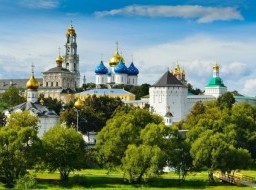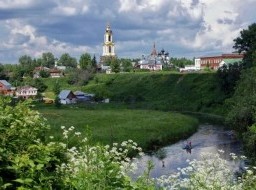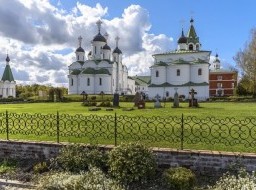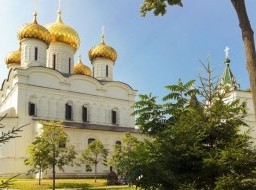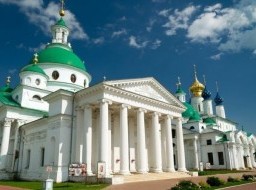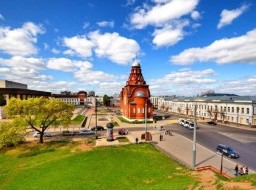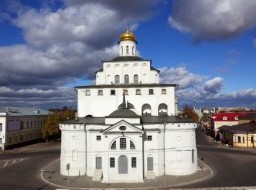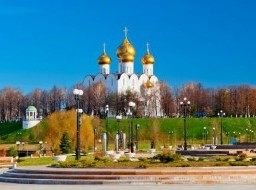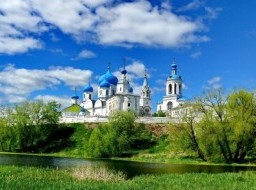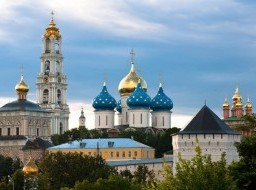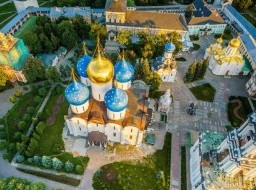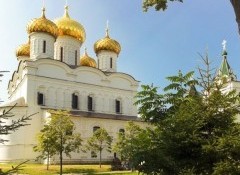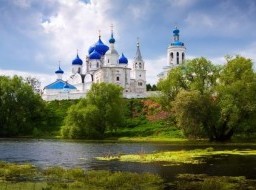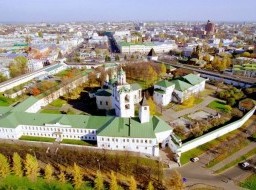Monastery of St Ipaty
Named after St Ipaty (Hypatios) of Gangara, this monastery at the confluence of the Volga and Kostroma Rivers was founded in the 1330s by Chet, a Tatar prince who converted to Christianity. In 1590 his descendant, Tsar Boris Godunov, built its Trinity Cathedral, which contains more than 80 old frescoes by a school of 17th-century Kostroma painters, as well as some 20th-century additions. (The fresco in the southern part of the sanctuary depicts Chet’s baptism by St Ipaty.) In 1613 the 17-year-old Mikhail Romanov, who had spent over a decade in exile as a political rival to the Godunovs, was living in the monastery when he was informed that he had been chosen to be Russia's next tsar. All successive Romanov tsars thus came here to visit the monastery’s red-painted Romanov Chambers, located opposite the cathedral, which today contain a rather dull historic exhibition. Much more interesting is the Refectory , which displays church treasures and old icons over two floors, as well as film footage of the last of the Romanovs, Tsar Nicholas II and his family, visiting Kostroma in 1913 for the big 300-year jubilee of their house. (The 400-year jubilee in 2013 turned out to be a fairly low-key event.) In a bizarre coincidence, the Romanov dynasty began in the Monastery of St Ipaty and met its end at Ipatyev House, the residence in Yekaterinburg where the family was executed in 1918. |
|
